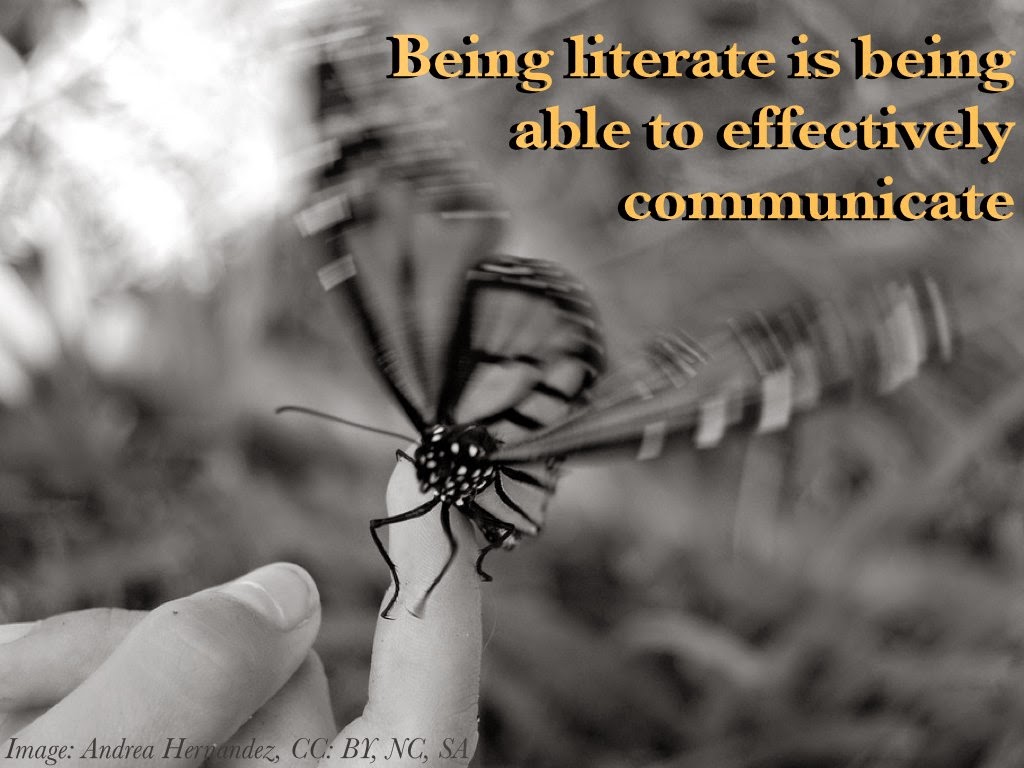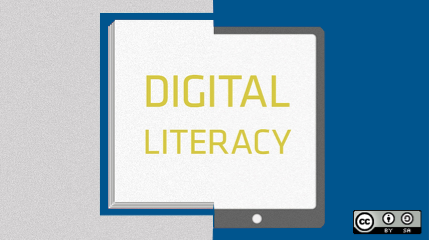14 Best or Worst from 2014
As I reflect on 2014, I want to share 14 of the best and some of the worst from 2014. 1) Most acknowledged blog post -- Mystery State Skype I received the Editor's Choice Content Award from SmartBrief for my post on the Mystery State Skype. I also had the opportunity to talk with by Larry Jacobs on Education Talk Radio -- ( click here to go straight to archive of radio show). 2) Most visited blog post -- Digital Storytelling and Stories with the iPad 3 & 4) My favorite post -- Harnessing Powerful Ideas: Leading One-to-One This post was my favorite to write because it helped me collect many ideas about one-to-one, and place it in one space -- my post. Furthermore, I absolutely loved creating the graphics for this post. It was my first experiment with using Canva . 5) Favorite new(ish) tool (besides Canva) -- Pinterest While Pinterest isn't new, it so happened to be new for me. I had an account before 2014, but it was during this past year th


.jpg)

.png)




